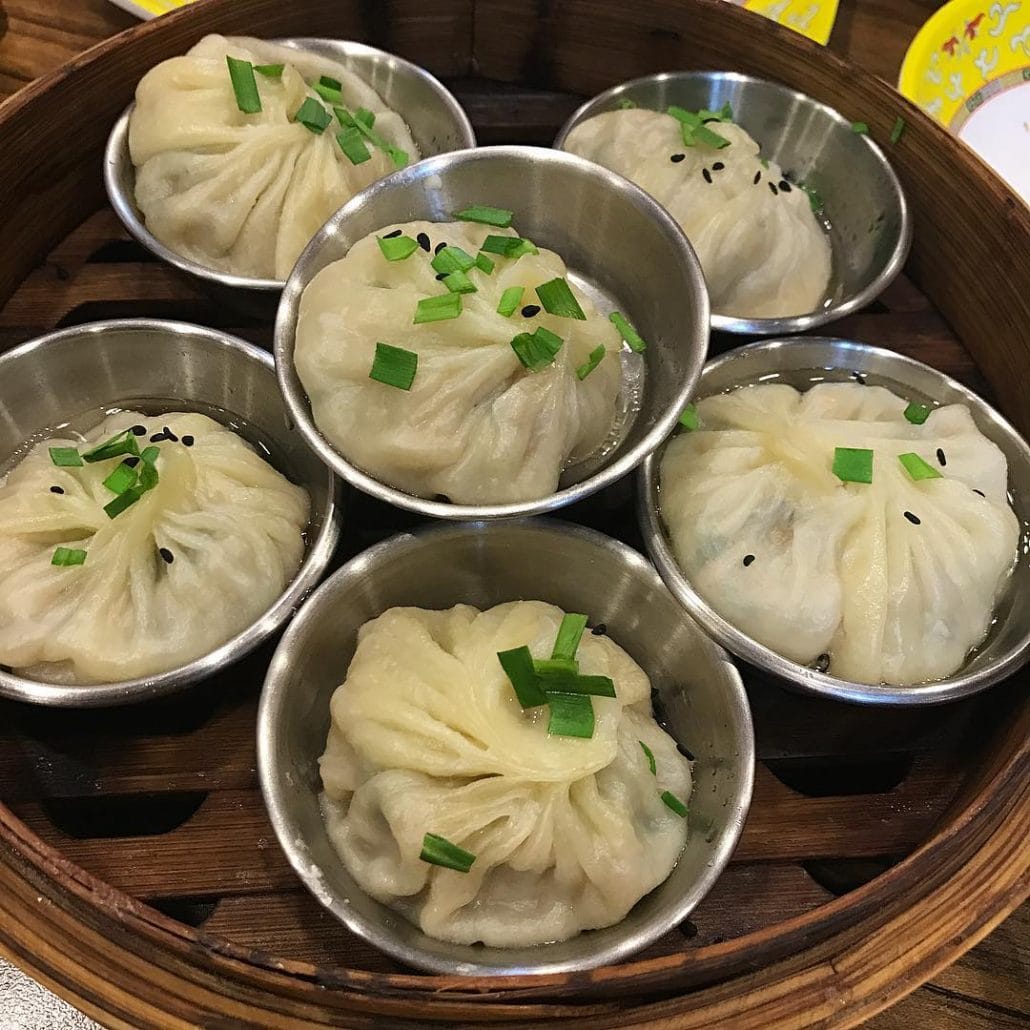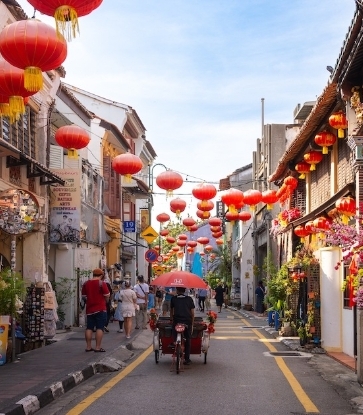Get yourself acquainted with the names of the following Korean dishes, which all happen to have a place in the 2018 Seoul Bib Gourmand selection!
Bulgogi
Bulgogi is thinly sliced or pounded beef that has been marinated in soy sauce-based marinade (with garlic, sugar, sesame oil, rice wine, scallions, ground pepper) or simply seasoned with salt and grilled. There are several different styles of bulgogi based on how the meat is cooked: grilled over charcoal, grilled over an open flame on a grate, cooked on a flat top grill or quasi-boiled in saucy broth with vegetables.

Chueo-tang
Chueo-tang is loach soup, popularly believed to boost stamina. The way the soup is prepared differs from region to region. Seoul-style chueo-tang contains whole loach (although many restaurants these days offer customers the choice between whole and ground) and the broth is beef based, made from ox bones. In addition to the fish, the doenjang-based soup will typically contain mushrooms and tofu. In the Jeollado Province, the small fish are ground to a pulp. The soup is seasoned with doenjang and flavored with perilla seed extract as well as ground chopi (Japanese pepper) for some heat. Gyeongsangdo Province-style chueo-tang also contains ground loach. The soup is seasoned with doenjang and flavored with garlic and red peppers. Napa cabbage, mung bean sprouts, fernbrake, taro stems and green onions are also common ingredients.
Dogani-tang
Ox knee bones and the surrounding meat and cartilage are boiled until tender. Koreans generally enjoy the chewy texture of tougher cuts of meat as well as the gelatinous texture of tendon and cartilage. The meat is dipped into a vinegary soy sauce while the soup is eaten together with rice. The dish can be eaten as a meal or as a “side” dish with drinks.

Dubu
Dubu is what Koreans call tofu or bean curd, a food product made by coagulating soy milk and then pressing the resulting curds into soft white blocks of varying firmness: soft, firm, or extra firm. Like many other parts of Asia, tofu is an important part of Korean cuisine, added to all manner of soups and stews, braised, pan fried and eaten fresh, as is, with a side of kimchi.
Dwaeji-gukbap
Pork soup with rice. Dwaeji gukbap is a labor-intensive dish that requires hours of boiling pork bones and meat until the broth turns milky white. The bones are boiled first before other cuts of pork are added to further enrich and flavor the broth. The soup is seasoned with salt (or salted shrimp), minced garlic and gochugaru (Korean red chili powder). Dwaeji-gukbap is a beloved local specialty of Gyeongsangnamdo Province, most notably Busan. It is a humble dish with humble origins that has gained popularity outside of its birthplace in recent years.
Gomtang
A clear beef soup made by boiling various cuts of beef including brisket and tripe for a long time. Gomtang is always served with rice—on the side or within the soup—and one or more kinds of kimchi. Together with seolleongtang, it is one of the most popular meals Koreans go for when eating out. Although the soup itself takes a long time to prepare, it is considered a “fast food” as restaurants prepare huge vats of soup ahead which are promptly ladled into earthenware bowls as the orders come in.
Jokbal
Jokbal is pig’s trotters that have been boiled in a soy sauce-based braising liquid. A generous amount of aromatics such as garlic, ginger and green onions, as well as spices like cinnamon and star anise are added to the braising liquid to eliminate any “porkiness” and to enhance flavor. Once cooked, the meat is deboned, sliced, and served with fresh lettuce leaves, sliced raw garlic, green peppers, soybean paste and salted fermented shrimp–commonly served with pork dishes in many parts of Korea for its digestive properties–for dipping.

Kal-guksu
There was a time when wheat was a luxury product in Korea. Wheat noodles were a special treat commoners got to enjoy once a year during harvest season, which fell during the hottest time of the year. Hence, kal-guksu or ‘knife-cut noodles’ used to be a mid-summer dish back in the old days. Adding summer vegetables like zucchini and potatoes to the noodle soup still remains a common practice. Although there are different types of kal-guksu based on the broth, the three most popular include kal-guksu in ox bone broth, in dried anchovy broth and in chicken broth. Other popular styles of kal-guksu come with mushrooms and littleneck clams.
Mandu
Mandu are Korean-style dumplings. Mandu has long been a part of Korean royal court cuisine, but are now easily found in all manner of eateries from restaurants to supermarkets and even street food stalls. The most common type of mandu contains ground pork, scallions, Chinese chives, mung bean sprouts, tofu, garlic and ginger wrapped within a thin wheat flour wrapper. Pyeonsu are traditional summer dumplings made with vegetables such as zucchini, cucumber, mushrooms and mung bean sprouts. Mandu can be steamed, boiled, pan fried, or deep fried.

Memil-guksu
Memil-guksu are buckwheat noodles similar to Japanese soba noodles. A key difference between the Korean and Japanese style buckwheat noodles is how they are made; memil-guksu is extruded while soba noodles are rolled and cut. Memil-guksu is a local specialty of the Gangwondo Province of Korea because buckwheat is a staple crop in the region. The noodles are typically served in chilled broth with condiments like sugar, mustard, sesame oil and vinegar. The dish may or may not contain chopped kimchi and is often garnished with shredded laver and toasted sesame seeds.
Naengmyeon
Naengmyeon literally means ‘cold noodles.’ This quintessential summer dish largely comes in two different styles: mul-naengmyeon and bibim-naengmyeon. The former is served in chilled meat-based broth while the latter is smothered in spicy red sauce (minus the broth). The popular noodle dish can also be differentiated by region. For instance, Pyeongyang-style and Jinju-style naengmyeon feature buckwheat noodles while Hamheung-style naengmyeon comes with sweet potato noodles. Also, take note that Pyeongyang style is always served as mul-naengmyeon (in broth) while Hamheung style is served as bibim-naengmyeon (spicy, without broth).
Seolleongtang
Seolleongtang is a cloudy off-white beef soup made by simmering ox bones (mainly shank bones) with various cuts of beef including brisket, knee cartilage and tongue for several hours up to an entire day. The soup is generally seasoned at the table according to personal taste with salt, ground black pepper, red chili paste and chopped spring onions. Seolleongtang is eaten with rice—often added directly to the soup–and kimchi, most notably kkaktugi or diced radish kimchi.
Soba
Soba is the Japanese word for buckwheat. In Japanese cuisine, it refers to thin noodles made from buckwheat flour, or a combination of buckwheat flour and wheat flour. Ni-hachi soba is made from two parts wheat flour and eight parts buckwheat flour; Juwari soba, the finest–and usually most expensive–variety, is made entirely of buckwheat. There is a wide variety of soba dishes served both cold and hot.

Sujebi
Flat, hand-pulled wheat dough soup. The dough is made from flour, water and salt. In the old days, especially when wheat flour was considered a luxury, people used buckwheat flour, corn meal, potato starch and even acorn flour to make the dish. Sujebi is a rustic, comforting dish–served piping hot–which is often eaten on rainy days. The broth is usually made with dried anchovies and kelp or shellfish. Zucchini and potatoes are also commonly added to the soup.
Udon
Udon is a type of wheat noodles in Japanese cuisine. Compared to soba noodles, which also constitute an important part of the Japanese diet, udon noodles are white, thicker and springier. Udon can be prepared hot or cold. In its simplest form, it is often served hot in a mildly flavored broth prepared from dashi, soy sauce, and mirin. It is usually topped with thinly chopped green onions. The flavor of the broth and toppings vary from region to region, as well as the thickness of the noodles.

Yukhoe
Yukhoe is a dish of minced and seasoned raw beef. Top round and bottom round are the preferred cuts for yukhoe. Different regions use different condiments as the principal seasoning agent; the beef is seasoned with salt in Gyeonggido Province, soy sauce in Gyeongsangdo Province and gochujang in Jeollado Province. In Seoul, yukhoe is often served with a raw egg yolk and matchstick pears.
Published 2017.11.14




















